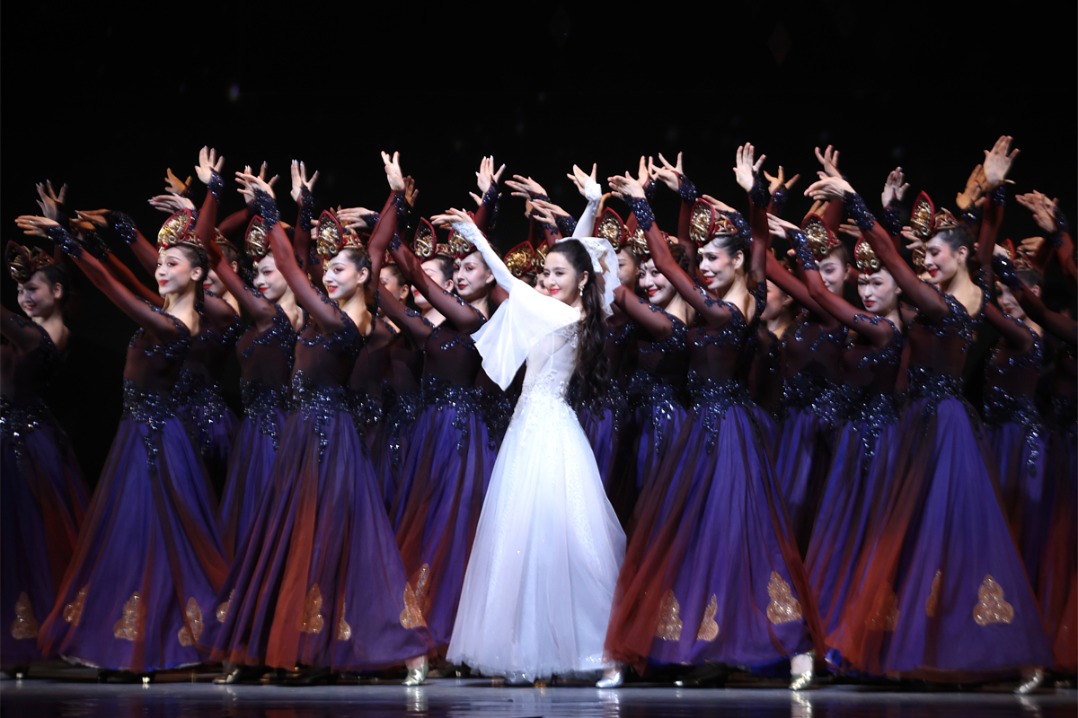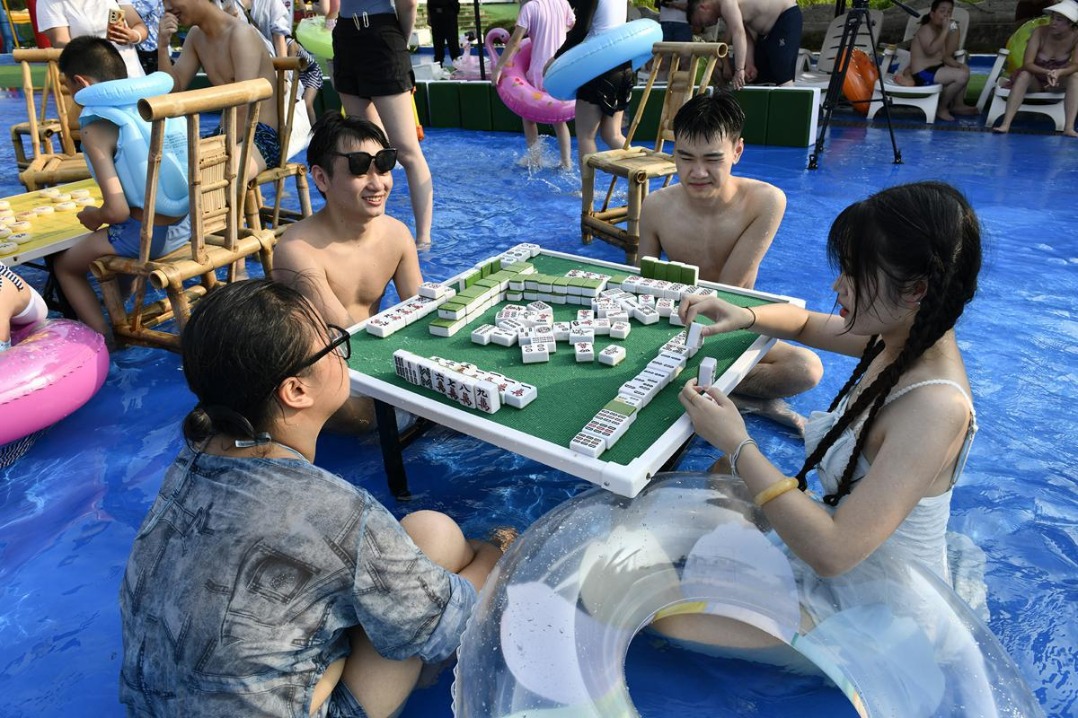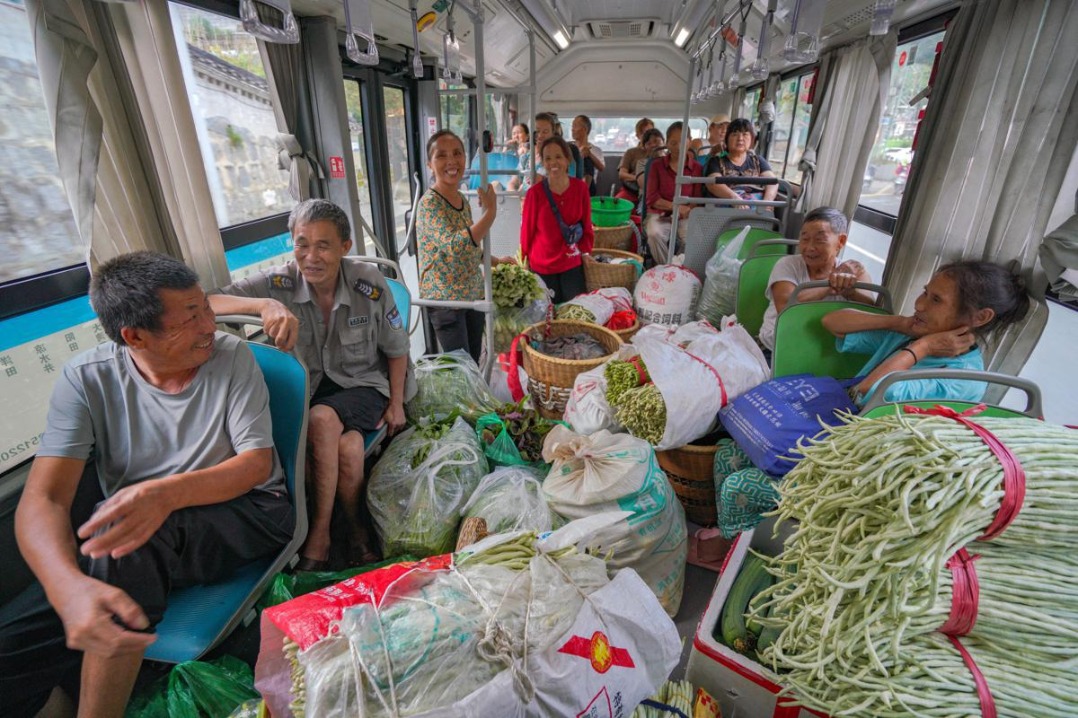Appetite for nuance
Writers featured in the food-themed 35th Hong Kong Book Fair tell Amy Mullins about the growth of popular interest in food history and what it takes to be a food writer worth one's salt at a time of instant production and consumption of content.


The food critic is a near-mythical figure. They have been exalted as arbiters of taste, capable of shining a light on underappreciated restaurants and cuisines — think of globally popular figures such as Anthony Bourdain, Francis Lam of the now-defunct Gourmet magazine, or The New York Times' legendary Mimi Sheraton. It is said that Clementine Paddleford's glowing 1965 New York Herald Tribune review of the struggling Japanese teppanyaki restaurant Benihana helped transform it into a billion-dollar global franchise.
These days, everyone's a food critic. Social cataloguing sites such as OpenRice, personal blogs and social media apps like Instagram have made it possible for anyone with an appetite to sound off on the latest diner or retrochic bar in town. For most casual readers, poor spelling and blurry photographs make it clear which sources should or shouldn't be trusted.
Food writing could be much more than providing information about opening hours and the average dining cost with wine for two. Seeing that "Food Culture-Future Living" is the theme of the 35th Hong Kong Book Fair, which opened on Wednesday, this might be the right time to ask: What makes a good food writer?

"Curiosity, a thirst for knowledge, independent critical thinking ..." begins Agnes Chee Yan Wei, going on to add, "fact-checking rigor, humility, discipline, integrity, and ethical principles" to her list of attributes. She had started out as a writer of profiles and feature stories before segueing into food writing. It was her interview with Vincent Thierry — formerly chef de cuisine at Caprice, in Four Seasons Hotel Hong Kong — that compelled her to make the transition.
What food writing says about a culture is "profound and multifaceted," says Chee. She burst onto the Hong Kong food-writing scene in 2019 with The Vanishing Flavours of Cantonese Cuisine, which amply illustrates why food heritage needs to be preserved for posterity. At a HKBF seminar on the evolution of Cantonese cooking on Saturday, Chee will revisit some of the ideas in that book.
Diora Fong Hui-lan is launching her new collection of essays at the fair today. Written in Chinese, the book's title translates as "Flames and Flavors: Savoring Chinese Cuisine Culture".
Fong is probably best known for 2016's China: The Cookbook — coauthored with her husband, Chan Kei-lum, and arguably the definitive tome of its kind. She contends that ideally a food writer should "have a good knowledge of history and culture, understand the skills of cooking, and be willing to be a lifelong learner". Fong inherited her taste for food writing from her father-in-law, Chan Mong-yan — a legendary former editor-in-chief and food columnist at Sing Tao Daily.
Cultural flavors
The best kind of food writing tells us something about the world — illuminating a culture, a place, a people and their histories. The movement of chocolate or tomatoes across the globe tells us a great deal about colonialism. Many Southern American dishes are owed to the trans-Atlantic African slave trade. For example, rice and beans became staples of Cajun food as these were among the few American edibles that enslaved people of African descent who arrived in the American South in the 19th century could recognize from their own culture as well as afford. South Korean budaejjigae, or army stew, can be traced to the Spam slices brought over by the American military for their own consumption during the Korean War (1950-53). Once the war ended, the huge stash of Spam left behind by American soldiers became a common element in the frugal soups that the war-ravaged people could rustle up. We have the British colonial presence in India to thank for gin and tonic, although the concoction's original purpose was to take the edge off the bitter taste of quinine — the go-to medicine for malaria, which had proved to be the bane of many British officials living in the subcontinent at the time.
Hong Kong Baptist University lecturer Siu Yan-ho echoes Chee and Fong when he says that first and foremost, a great food writer should be willing to try any food from any place, understand the origins of a dish's components, the cultural background of recipes, and cooking techniques. Above all, "they should also be able to articulate what makes local cuisines distinctive".
Today, Siu is on a panel concerned with Hong Kong's food-related intangible cultural heritage, something he has firsthand knowledge of, having started out as a junior chef at the age of 19. Since then, he has moved on to being an academic, essayist and novelist — his current vocations informed by his culinary experience.
Siu believes a good piece of food writing can reflect the connections between the past and the present. What's more, the legacies of food-themed literature and food history help us understand a culture. "When we explore our identity or the story of Hong Kong, we can do so through food, which reveals our unique characteristics and local features," argues Siu.
In the past, the bulk of food writing either focused on introducing dishes or food-related lifestyles, often to encourage more consumption. That has changed, partly abetted by changing trends in post-pandemic travel, as more tourists are keen to understand the cultural contexts of the food they consume.
Siu draws attention to the growth of analytical or research-based food writing that often presents "deeper cultural knowledge in accessible ways". "Modern consumption is increasingly connected to deeper cultural thinking, making this kind of food writing more relevant than ever," he says.
Dealing with AI
At a time when the specter of artificial intelligence looms large over the career prospects of professional writers, food writers too must concern themselves with what lies ahead.
Fong brushes off possible competition from AI, citing its inability to invest research-based food writing with the emotional depth human writers are capable of. Siu resonates with Fong, saying that the application of AI in his own field of work has not been particularly useful when it came to interpreting ancient texts and gleaning historical insights from them.
Writers like him who would like more people to read their well-researched and insightful pieces also have to deal with the challenges of shorter attention spans and shrinking spaces for such writing in mainstream publishing platforms.
"Connect food topics to readers' everyday lives and interests, and break down complex essay structures into smaller, more digestible points," is the solution he offers. "This makes the content easier to produce and for readers to understand."
While writers can hope that there will always be a place for long-format writing and books, it makes sense to get a grip on the strengths of the variety of media platforms in the market. However, nothing beats the unique flavor a human writer is capable of infusing their writing with.
"Last year, a freelance food journalist contributing to an English-language magazine told me he was nearly out of work. His editor explained that budgets were being cut, and some features would no longer require freelance contributions: AI could handle them instead," Chee says. "I found this deeply sobering. Nowadays I approach every article as if I'm crafting a classic, striving to create work that AI cannot replicate."






































